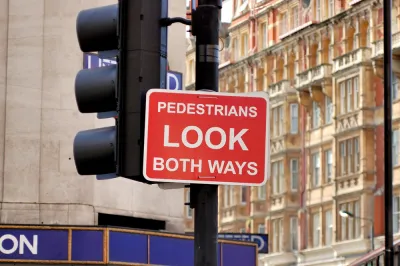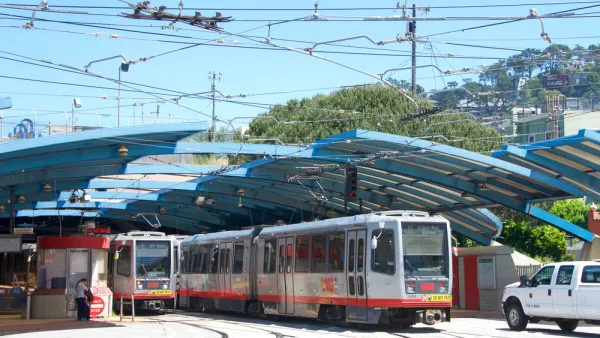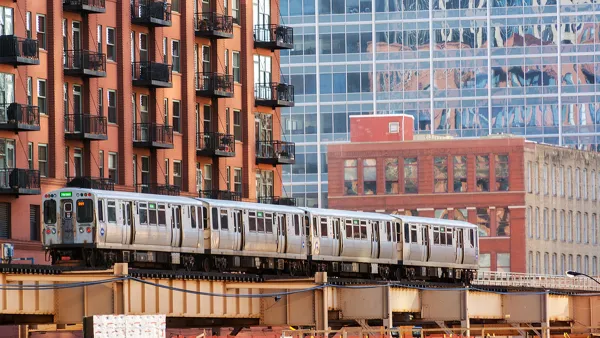The new Transit-Walkability Collaborative works to create safe, healthy, equitable, and sustainable communities by harnessing the synergy between walkability and quality public transit service.

America Walks announced today the formation of the Transit-Walkability Collaborative, whose purpose is to expand safe, healthy, equitable, and sustainable communities by harnessing the synergy between walkability and quality public transit service.
The Transit-Walkability Collaborative notes that integrating walkability and public transit helps to create safe, affordable, and enjoyable neighborhoods, whose residents complete their daily activities while owning fewer vehicles and driving less often. These communities experience significant public and private-sector cost savings, lower rates of traffic fatalities, reduced air pollution and greenhouse gas emissions, higher levels of physical activity, and a better quality of life—especially for low-income families.
"Walkability and transit advocacy complement each other and accomplish common goals neither can achieve on its own," said Ian Thomas, State and Local Program Director with America Walks and coordinator of the Collaborative. "By ensuring a high level of service for both walking and public transport, we stimulate mutually-reinforcing community benefits that help address a range of social problems – from health to economics to quality of life."
According to America Walks Executive Director Kate Kraft, “Our shared goals are to improve public health, safety, and transportation equity,” she said, "by developing complementary planning efforts, increasing funding for active and public transportation, and supporting transit-oriented development that is designed to benefit existing residents and neighborhoods."
Several upcoming events are being planned to explore the alignment of walkability and transit campaigns.
FULL STORY: Transit-Walkability Collaborative Established

National Parks Layoffs Will Cause Communities to Lose Billions
Thousands of essential park workers were laid off this week, just before the busy spring break season.

Retro-silient?: America’s First “Eco-burb,” The Woodlands Turns 50
A master-planned community north of Houston offers lessons on green infrastructure and resilient design, but falls short of its founder’s lofty affordability and walkability goals.

Delivering for America Plan Will Downgrade Mail Service in at Least 49.5 Percent of Zip Codes
Republican and Democrat lawmakers criticize the plan for its disproportionate negative impact on rural communities.

Test News Post 1
This is a summary

Test News Headline 46
Test for the image on the front page.

Balancing Bombs and Butterflies: How the National Guard Protects a Rare Species
The National Guard at Fort Indiantown Gap uses GIS technology and land management strategies to balance military training with conservation efforts, ensuring the survival of the rare eastern regal fritillary butterfly.
Urban Design for Planners 1: Software Tools
This six-course series explores essential urban design concepts using open source software and equips planners with the tools they need to participate fully in the urban design process.
Planning for Universal Design
Learn the tools for implementing Universal Design in planning regulations.
EMC Planning Group, Inc.
Planetizen
Planetizen
Mpact (formerly Rail~Volution)
Great Falls Development Authority, Inc.
HUDs Office of Policy Development and Research
NYU Wagner Graduate School of Public Service




























